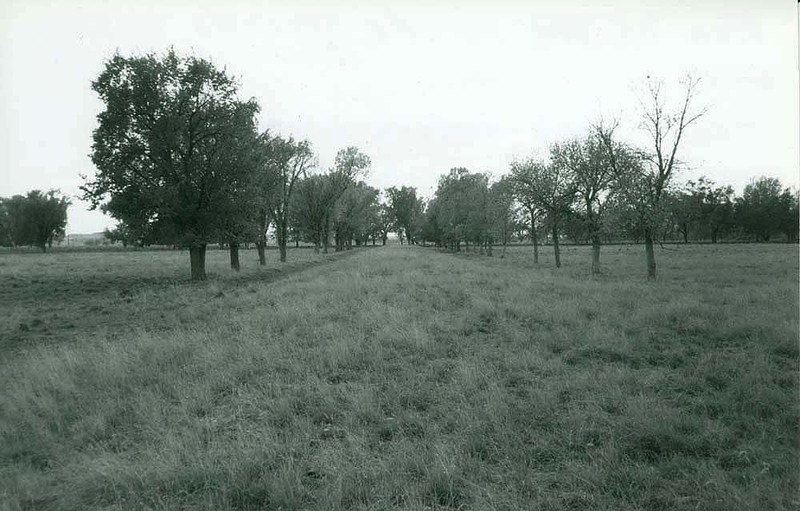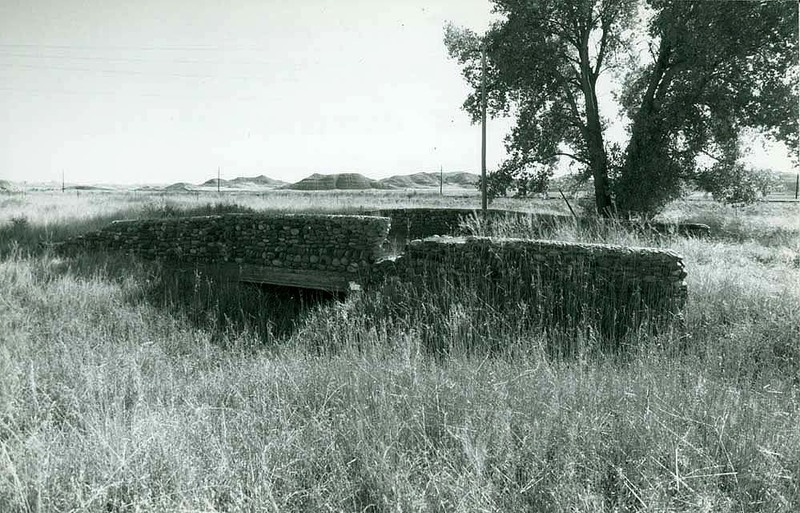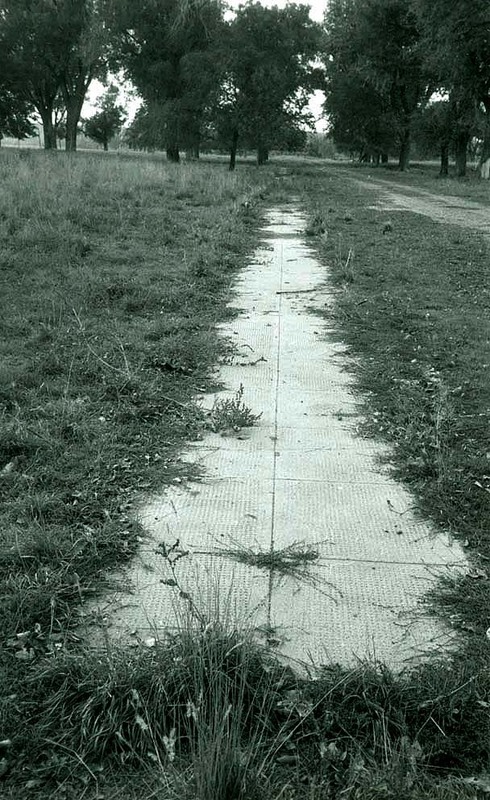Fort Keogh Historic District

The New Deal’s National Recovery Administration provided funds for the construction of several significant buildings at the fort in the 1930s. These included a dairy barn, milk house, cattle sheds, and this large horse barn. Designed and built in 1934 by the U.S. Bureau of Animal Husbandry at a cost of more than $13,000, the sprawling frame building featured a clerestory roof with overhead storage loft, seven box stalls, and twenty-five double-tie stalls. The barn served the Morgan, Belgian, and Thoroughbred horse-breeding research program, which included studies on feeding, breeding, and reproduction. Early equine research at Fort Keogh helped develop successful semen collection procedures and modern artificial insemination techniques for horses. The horse research program ended in 1964. The barn has since accommodated beef cattle research programs focusing on reproductive physiology studies. Although the interior has undergone considerable renovation, it has always served as the Fort Keogh working cowboys’ headquarters. The first lights turned on in the early morning are almost always those in the “horse” barn as the cowboys arrive for work.
Images












